The Diverse World of Indian Painting is a stimulative and perceptive survey of different aspects of Indian painting. Authorities of Indian painting in India and aborad have contributed essays to this volume in honour of Dr. V.C. Ohri, the first curator of Bhuri Singh Museum, Chamba who was also the founding curator of the Himachal State Museum, Shimla. The publication covers a range of subjects and their various aspects relating to the tradition of Indian painting both chronologically and school-wise. Mughal, Rajasthani, Pahari, Deccani, Malwa – the famed school of Central India and Buddhist manuscript painting have been included. There are also essays on murals of Mattancherry Palace, Chamba rumal embroidery, the craft of wood carving & preservation. These articles which reflect the diverse world of Indian painting are a befitting tribute to Dr. Ohri whose contribution to the cause of documenting and preserving Indian painting is second to none.
Perceptive, insightful and selective, the book is an indispensable reference tool. The unusual variety of the subject and notable richness of illustrations combine to make this a work of endless fascination. The strikingly illustrated book is a significant contribution to the field of Indian painting and is valuable for students and scholars alike.
ABOUT THE AUTHOR Amar Nath Khanna
Shri Amar Nath Khanna was born at Multan in West Punjab in 1936. He holds a Master's degree in History and a Post Graduate Diploma in Archaeology from the School (presently Institute) of Archaeology, Archaeological Survey of India, New Delhi. Shri Khanna has had the rare opportunity of visiting and studying monuments and pilgrim shrines scattered all over the Indian Sub-continent, China, Japan, Nepal and Singapore during the last about half a century. He retired as Senior Technical Officer, Indira Gandhi National Centre for the Arts, New Delhi, in 1996 while earlier he had been working as a Senior Officer with the President of India. In 1998, he was invited again by Shri R. Venkataraman, Former President of India, to work with him even after retirement. He had been the Registering Officer for Antiquities in Himachal Pradesh and was associated with Shri Rajeev Sethi, Padma Bhushan, in the Aditi Exhibition curated by him in the Festival of India, U.S.A., and the Basic Human Need Pavilion set up in Germany in 1998. He was associated with Smt. Pupal Jayakar, Adviser to Prime Minister on Heritage and Cultural Resources, in the Festivals of India held in the U.S.A. and Japan and the Year of India in France. He was a Member of the Presidential Delegations which had visited Japan in 1990 and China in 1992. From 1957, he was a member of the Archaeological Survey of India for about two decades. Shri Khanna's book Archaeology of India was published in 1981. Its revised and enlarged edition which covered Pakistan and Bangladesh also was published in 1992 and was highly appreciated among others by the President of India and Dr. Karl Khandalavala. Shri Khanna's research papers have been published in leading journals in India. Currently, Shri Khanna is Secretary, Indo-Tibetan Art& Culture Study Group, New Delhi, and Executive Member, Rasaja Foundation, New Delhi.
ABOUT THE AUTHOR Usha Bhatia
Being the editor of the National Lalit Kala Akademi from 1980 to 2006, Usha Bhatia carried out the editorial responsibilities and edited number of publications which included journals, books, monographs and portfolio series. She contributed by writing text of some of these publications. After finishing her term at the Akademi, she joined the Harmony Art Foundation where she is working as the Research Director.
ABOUT THE AUTHOR Vijay Sharma
Born in 1962 Vijay Sharma is an award winning Pahari miniaturist and works as an artist in the Bhuri Singh Museum, Chamba, Himachal Pradesh. He has studied major collections of Indian painting across the world and has lecture-demonstrations in leading museums and institutions in India and abroad. He has written several scholarly articles on Pahari miniature painting. He paints in various styles of Indian painting, chiefly Basohli and Kangra schools of Pahari painting. Howerer, the work included here in Chaurapanchashika style reveals the fertile imagination of artist.

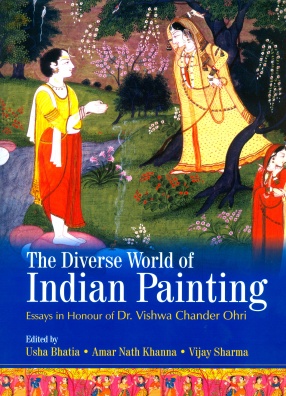
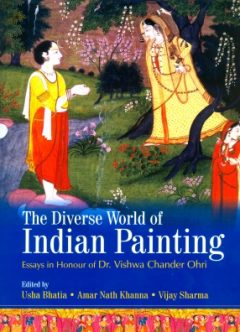
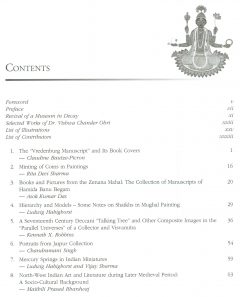
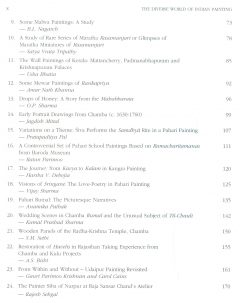

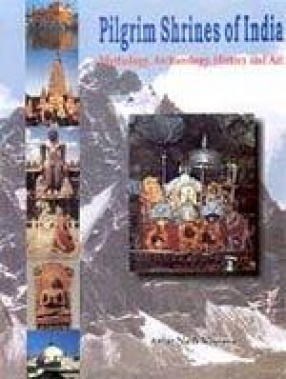
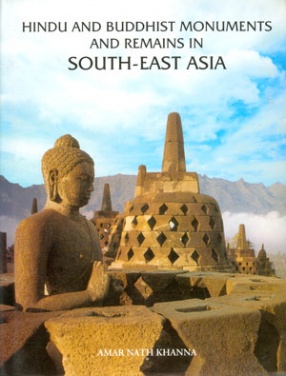
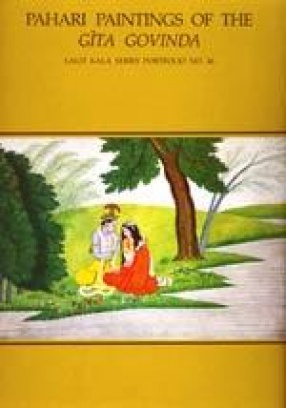


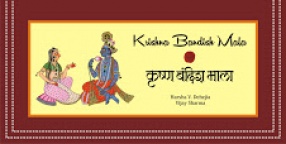
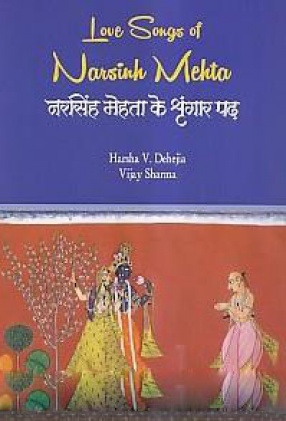
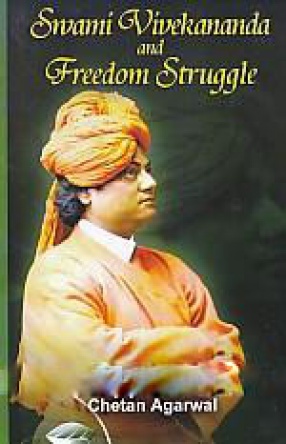
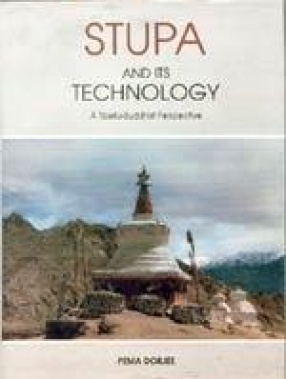
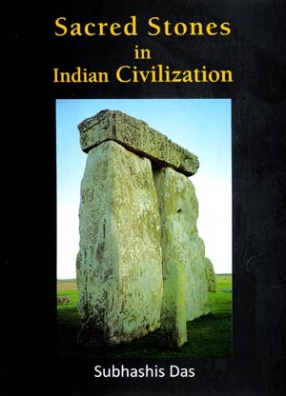
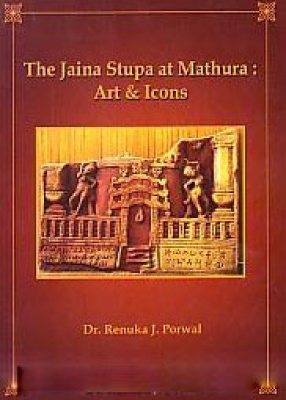
There are no reviews yet.